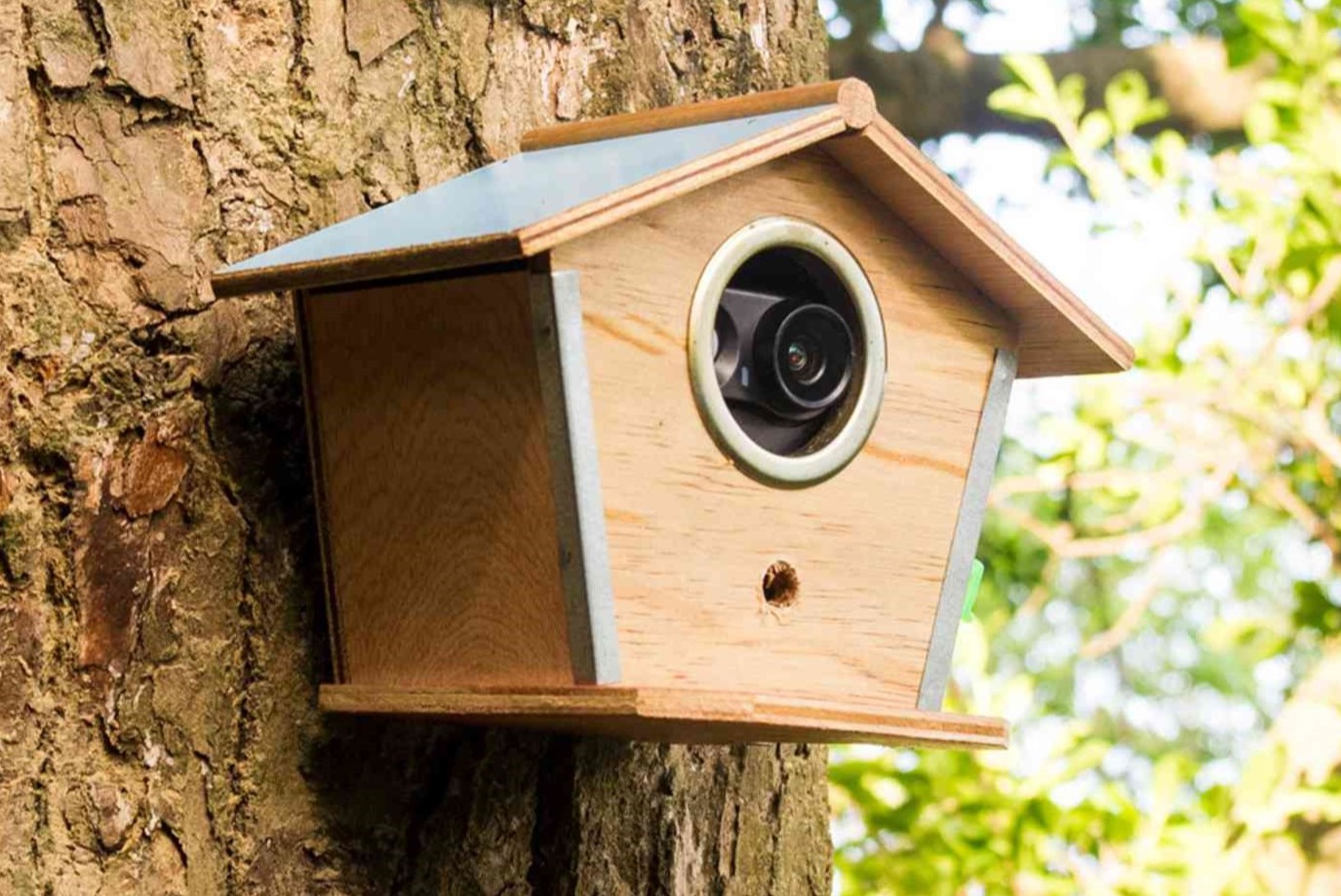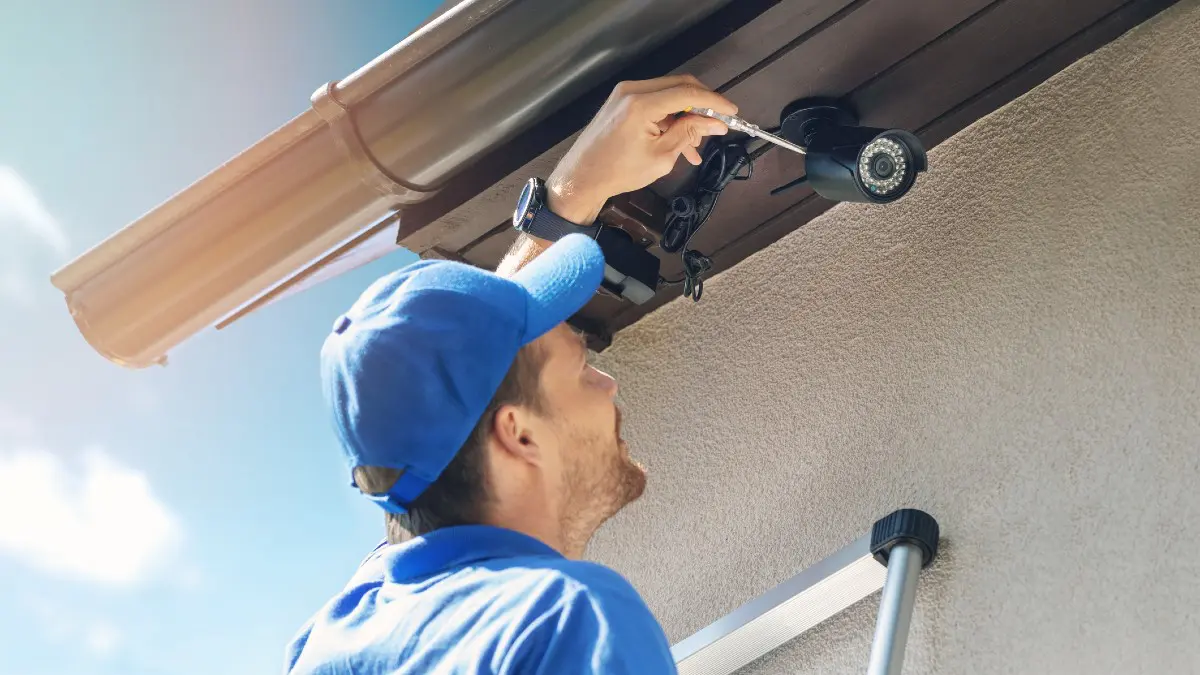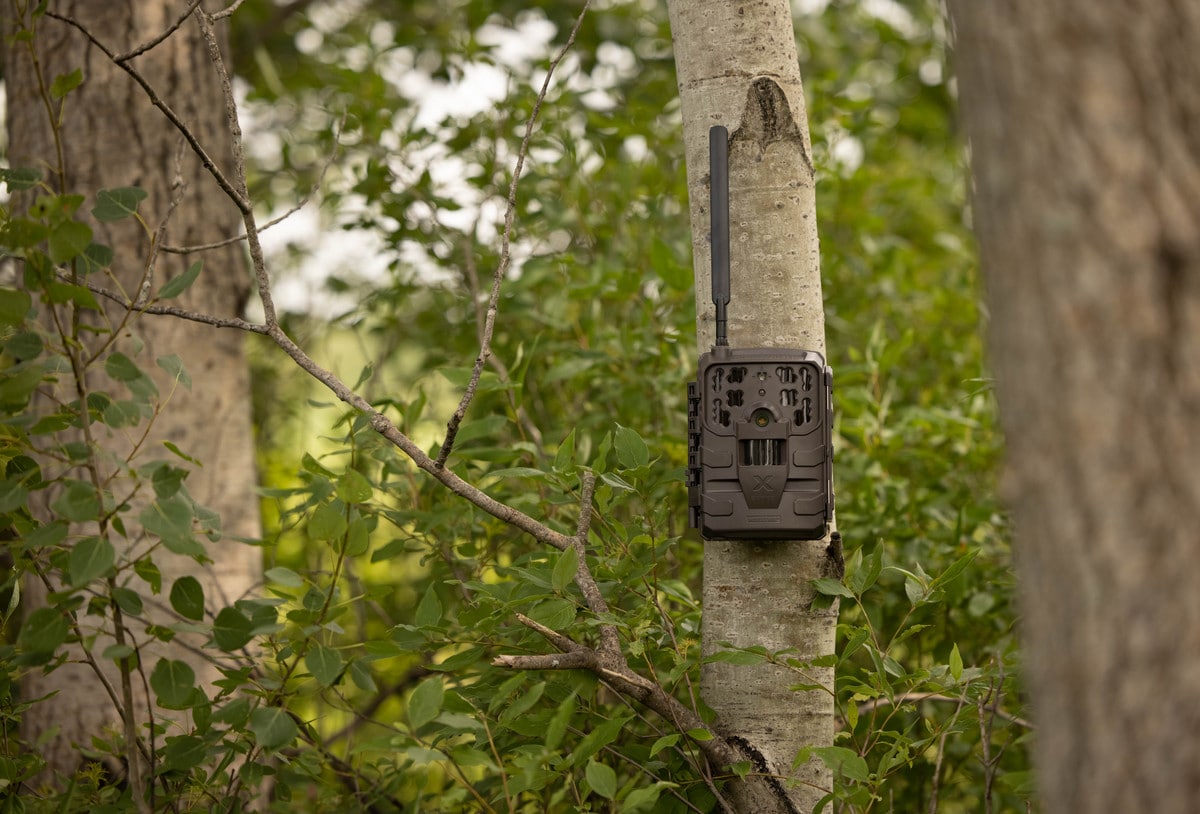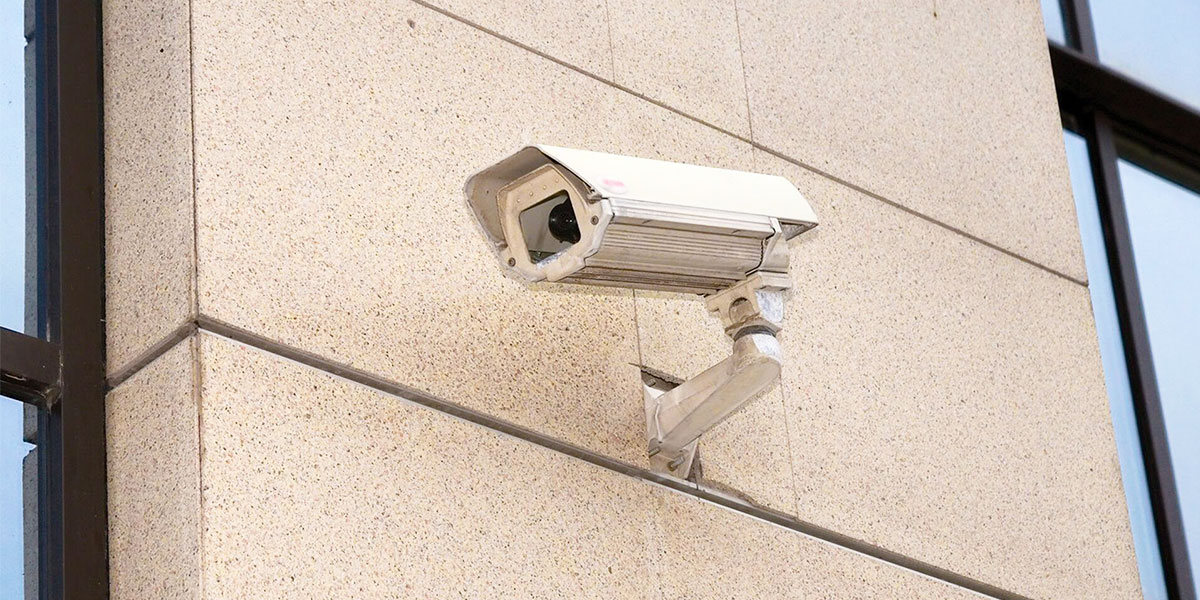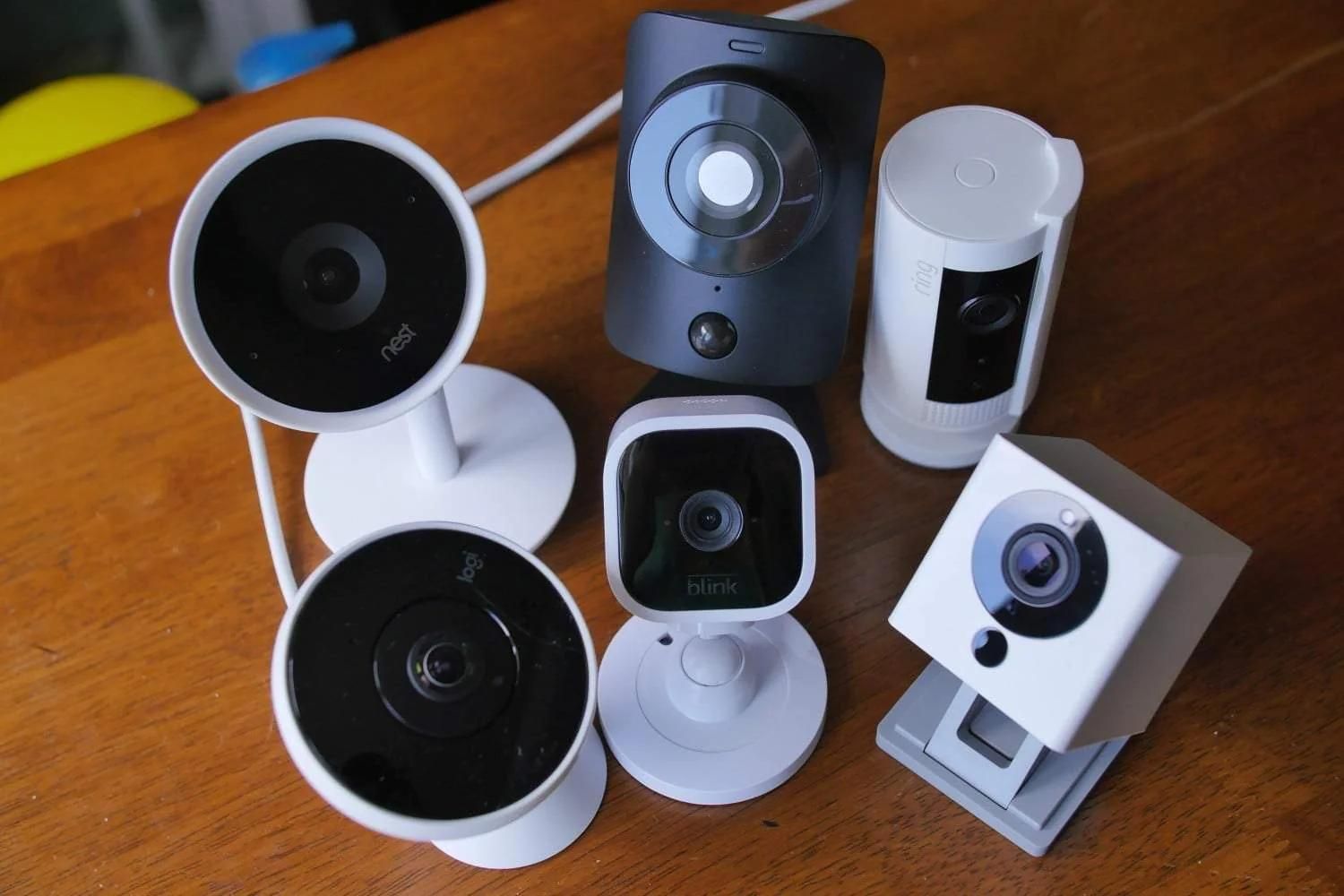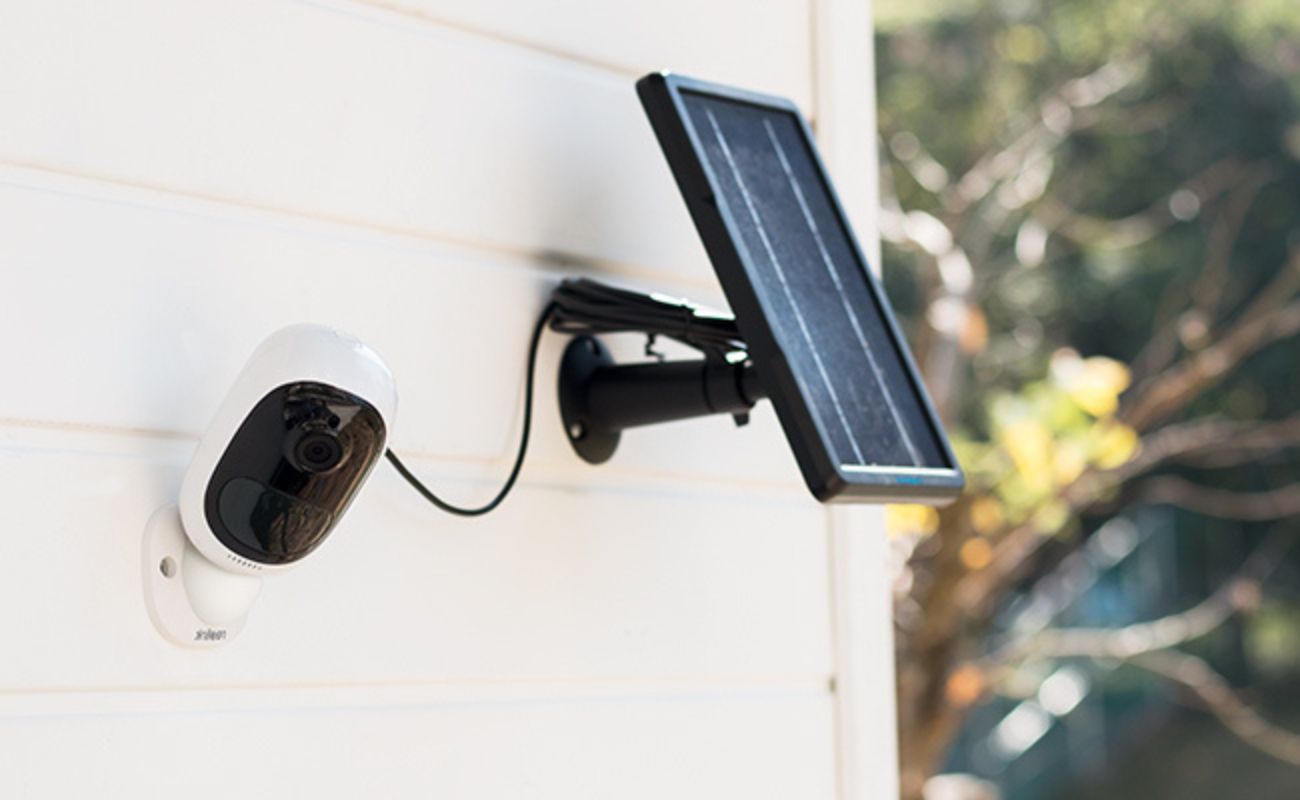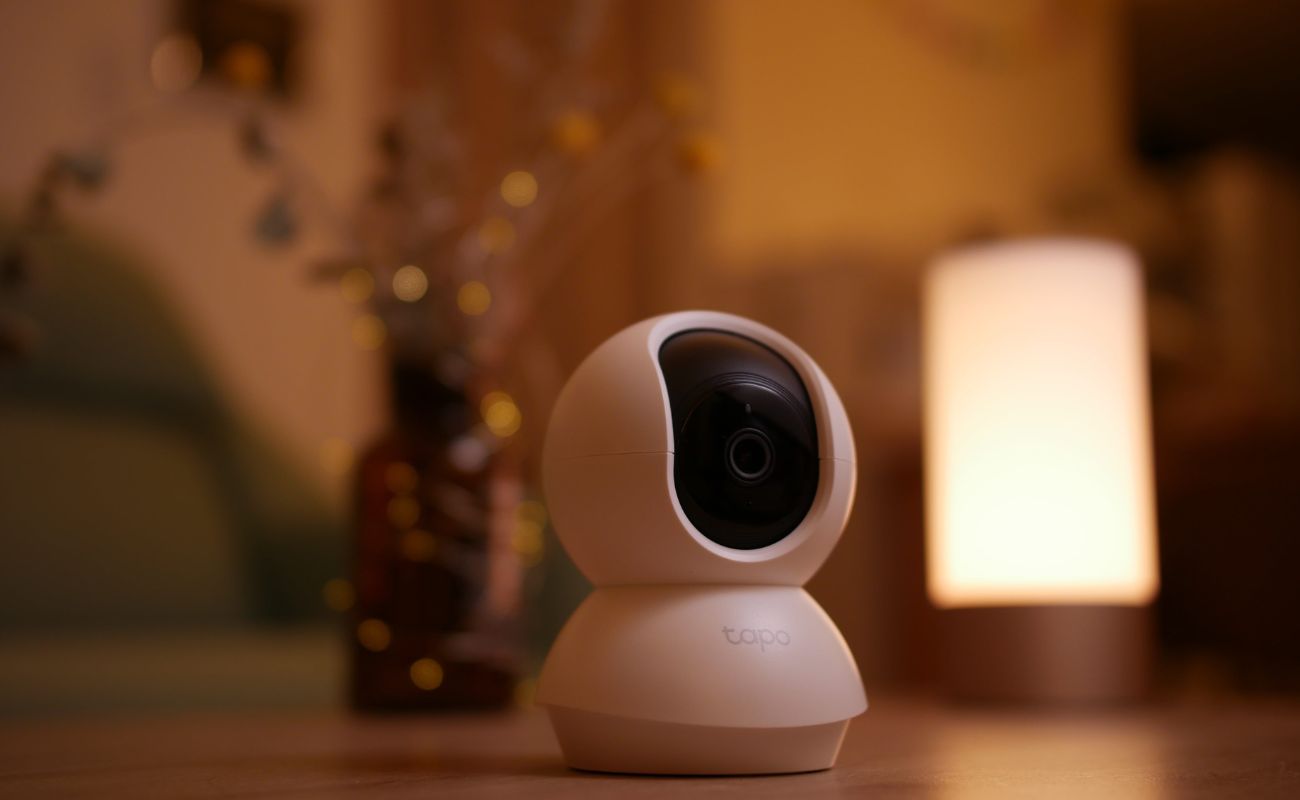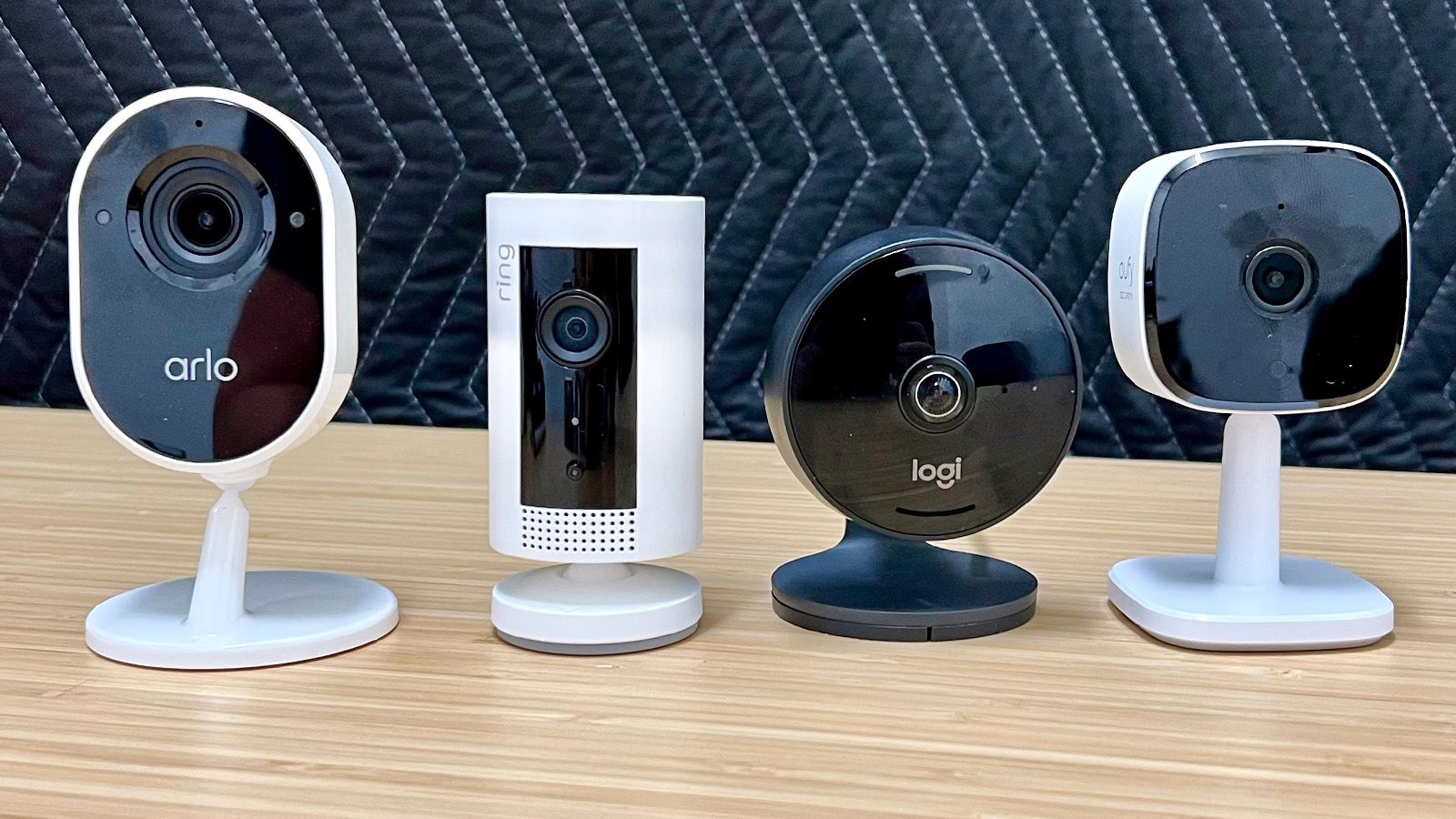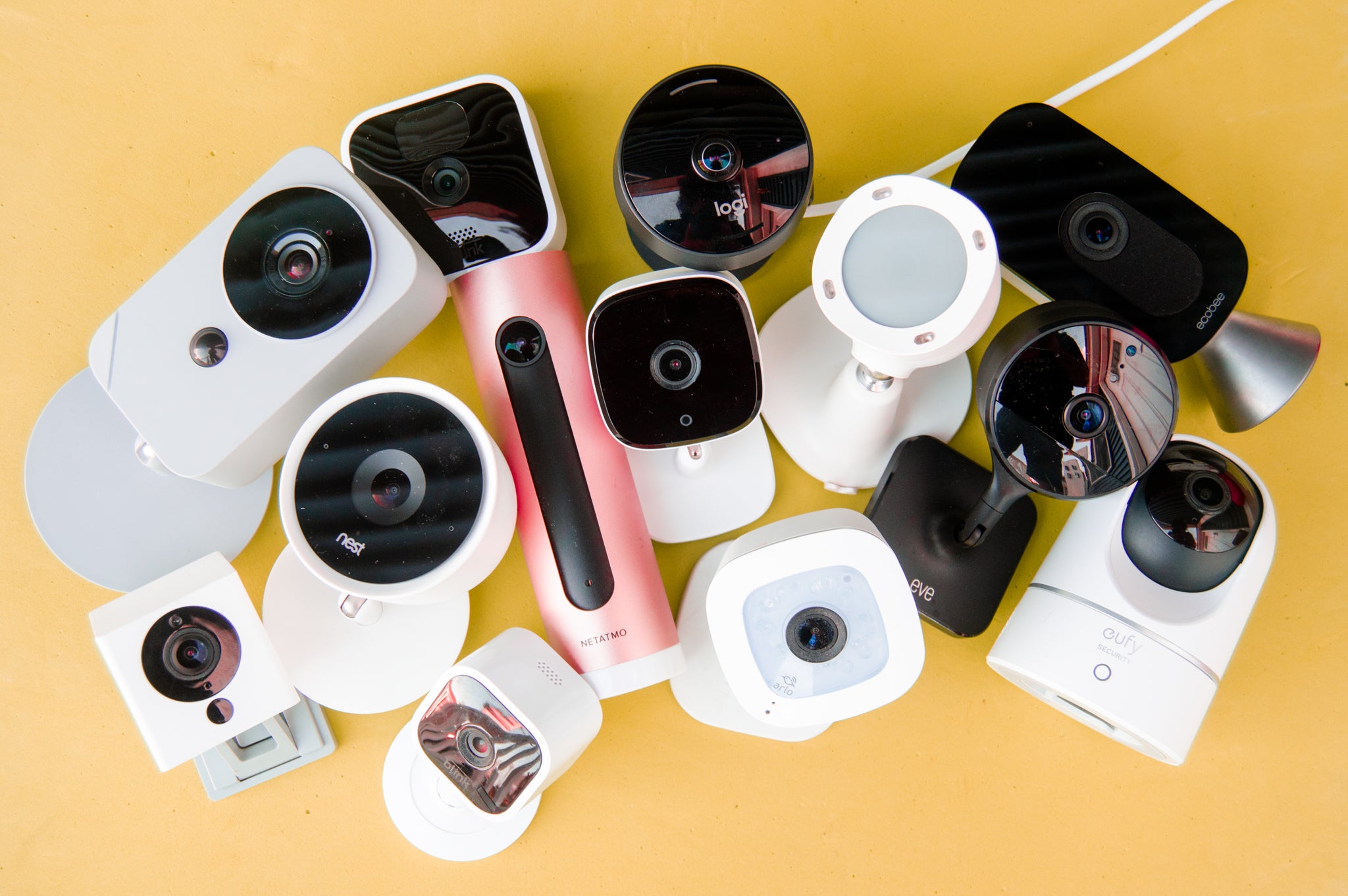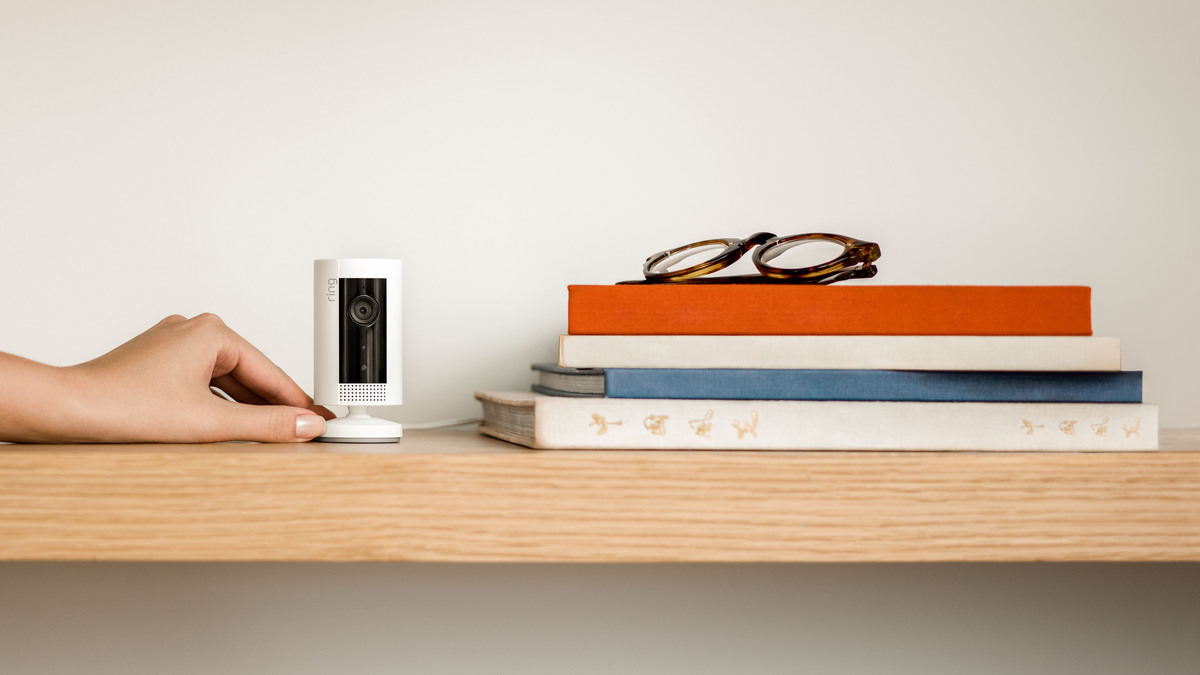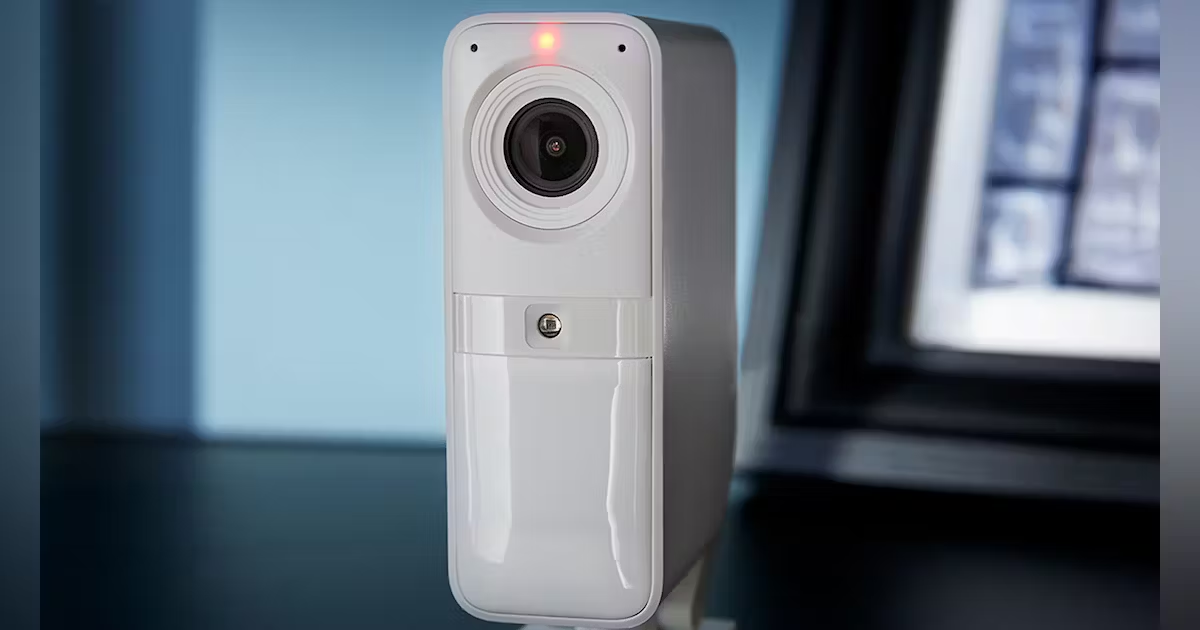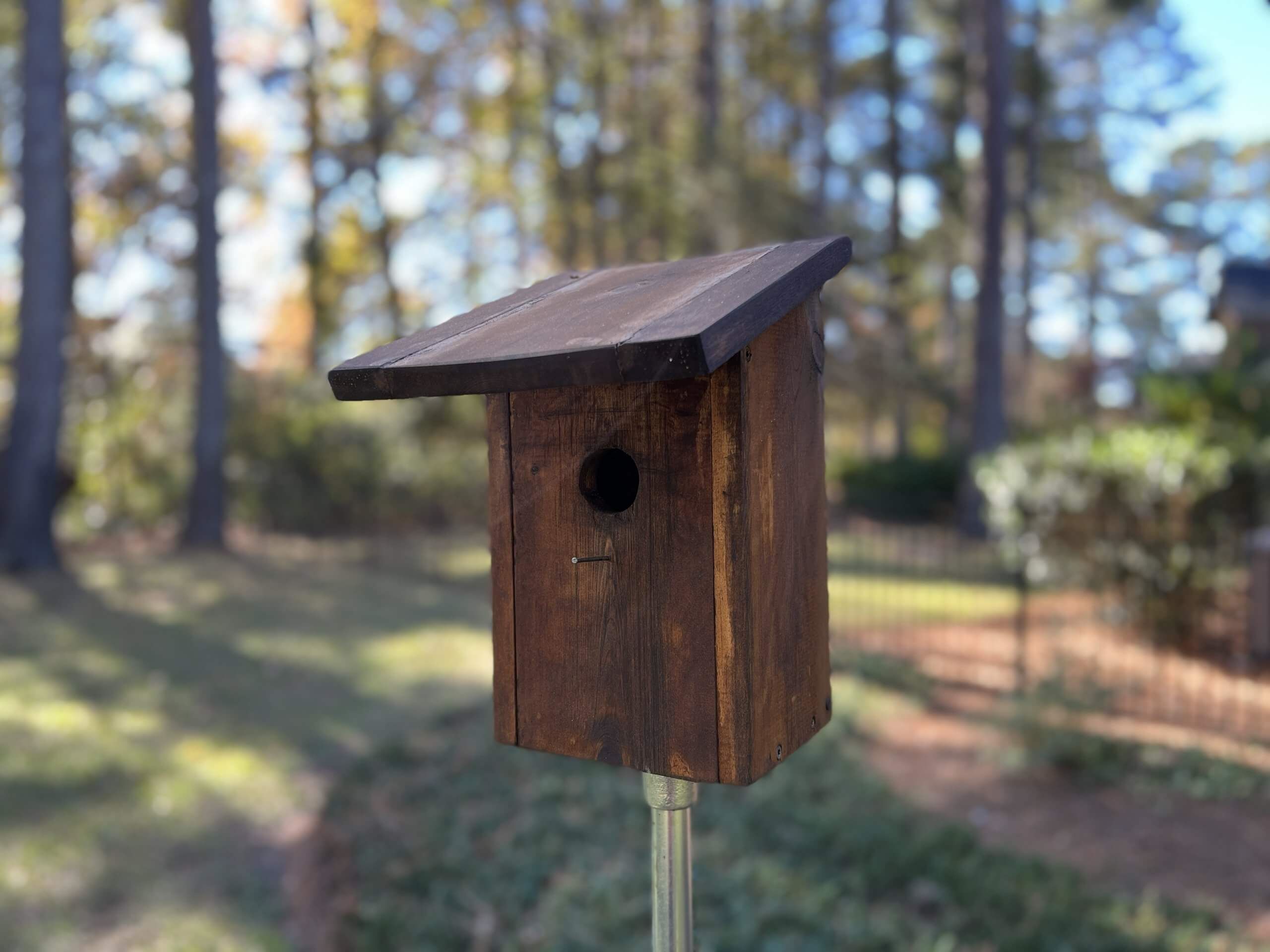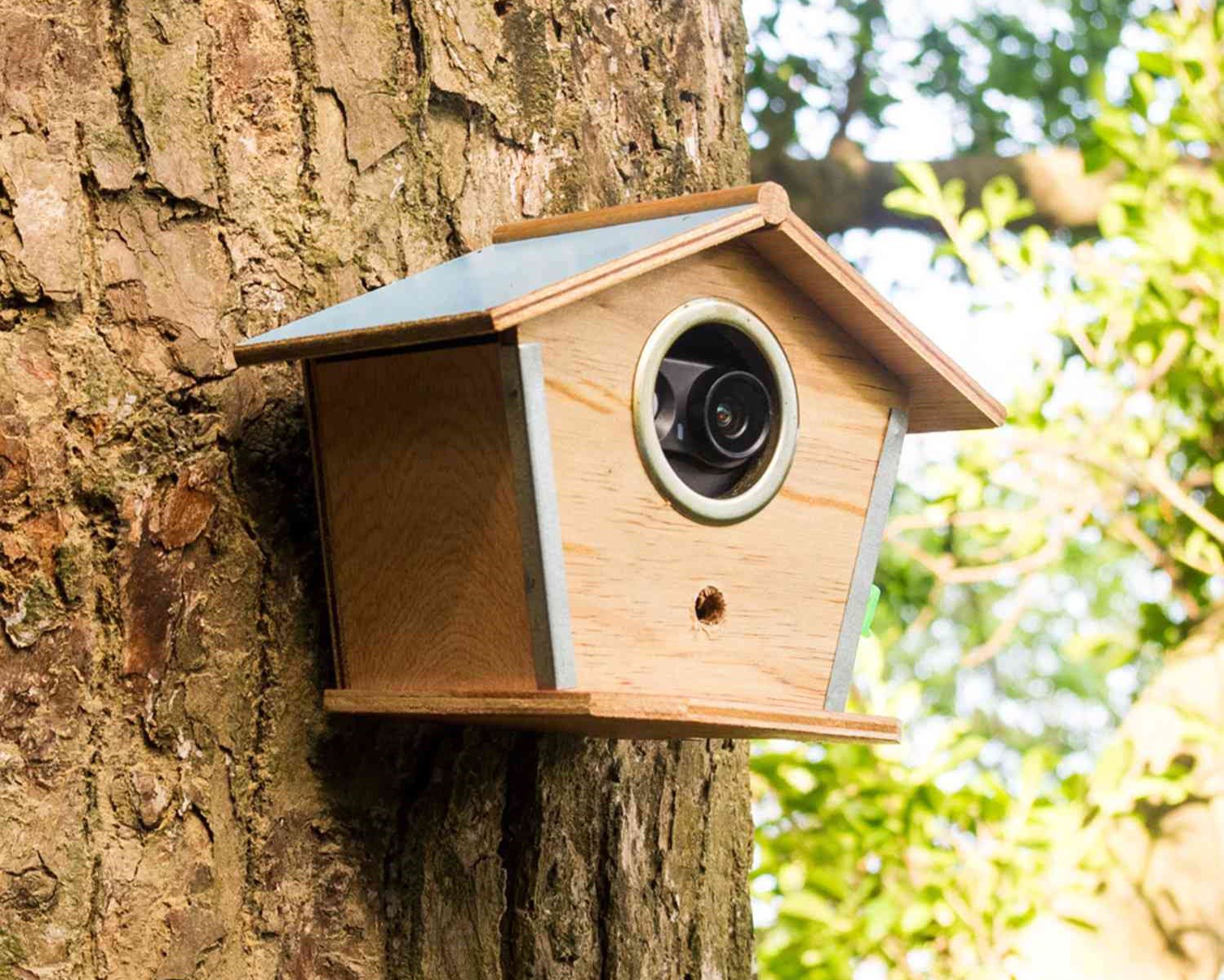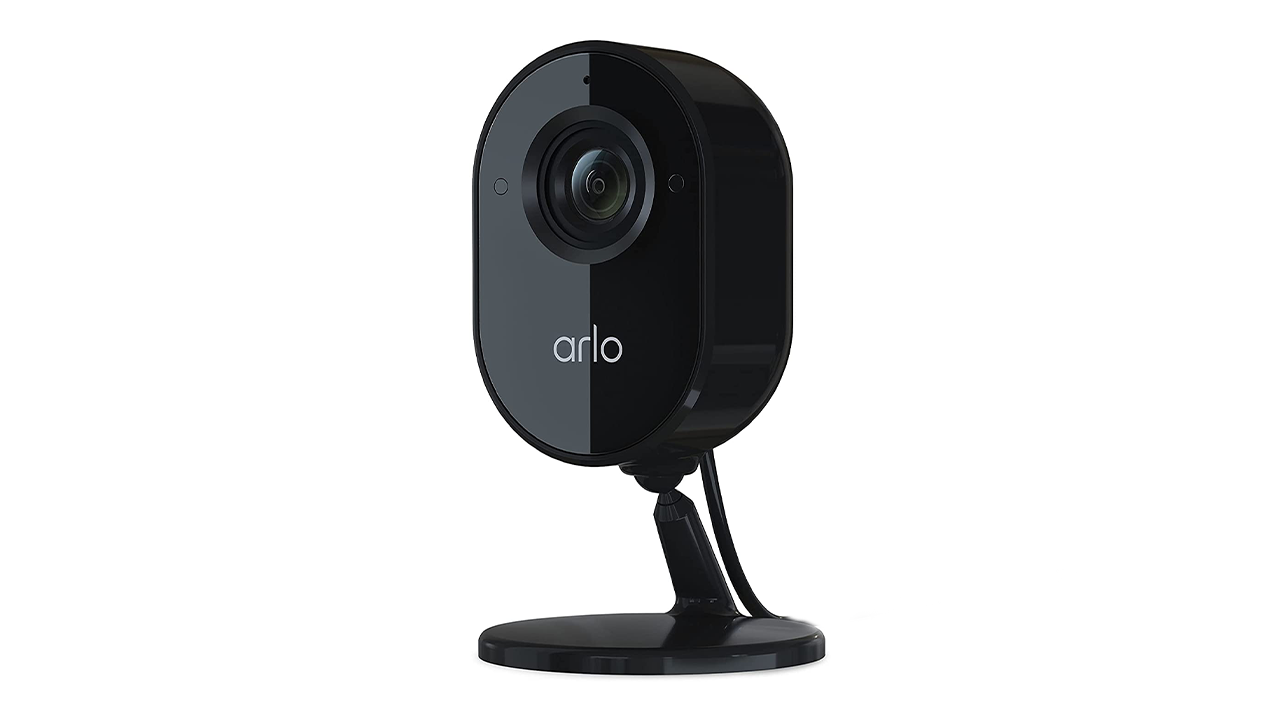Home>Home Security and Surveillance>How To Hide An Indoor Security Camera
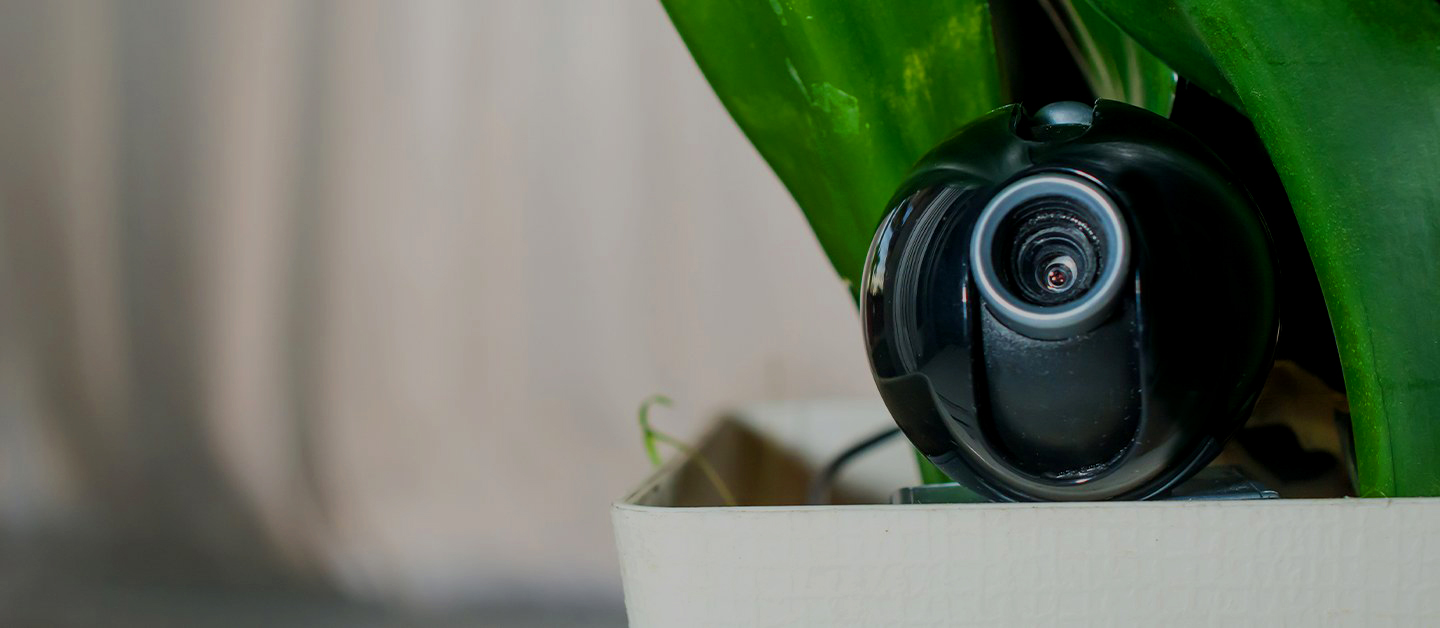

Home Security and Surveillance
How To Hide An Indoor Security Camera
Modified: March 6, 2024
Learn how to discreetly conceal your indoor security camera with our step-by-step guide. Ensure your home security and surveillance goes undetected.
(Many of the links in this article redirect to a specific reviewed product. Your purchase of these products through affiliate links helps to generate commission for Storables.com, at no extra cost. Learn more)
Introduction
Welcome to the world of home security and surveillance, where peace of mind meets advanced technology. With crime rates on the rise, it’s no wonder that more and more homeowners are turning to indoor security cameras to protect their loved ones and belongings.
Indoor security cameras play a crucial role in monitoring indoor spaces, providing a sense of security and deterring potential intruders. However, some homeowners may prefer to keep their security cameras hidden, either for aesthetic reasons or to maintain a level of privacy.
In this article, we will explore the reasons behind hiding indoor security cameras, the considerations you should keep in mind before doing so, the various types of camera disguises available, recommended locations for hiding cameras, helpful tips, and potential legal and ethical implications to be aware of. By the end of this article, you’ll have a comprehensive understanding of how to effectively hide your indoor security cameras while maintaining your home’s safety and security.
Key Takeaways:
- Keep your home safe and stylish by hiding indoor security cameras. Choose disguises that blend seamlessly with your decor while ensuring optimal surveillance coverage.
- Before hiding your indoor security cameras, consider legal and ethical implications. Obtain consent, follow privacy laws, and maintain transparency for a secure and harmonious living environment.
Read more: How To Hide A Security Camera
Reasons to Hide Indoor Security Cameras
There are several reasons why homeowners may choose to hide their indoor security cameras:
- Aesthetics: Some homeowners prefer a clean and uncluttered look in their living spaces. Visible security cameras can be seen as obtrusive or distracting, especially if they don’t match the overall interior design. Hiding the cameras allows homeowners to maintain the aesthetic appeal of their home without compromising on security.
- Privacy: While security cameras are meant to enhance safety, some homeowners may still have concerns about their privacy being compromised. By hiding the cameras, they can enjoy the benefits of surveillance without feeling constantly watched or monitored.
- Deterrence: Intruders are less likely to attempt a break-in if they cannot easily identify the presence and location of indoor security cameras. By hiding the cameras, homeowners can maintain the element of surprise and increase the effectiveness of their surveillance system as a deterrent.
- Preventing Tampering: When visible, security cameras can become targets for vandalism or tampering. By hiding the cameras, homeowners reduce the risk of their surveillance system being disabled or damaged by potential intruders.
- Covert Monitoring: In some cases, homeowners may want to monitor certain areas discreetly, such as nanny cams in nurseries or monitoring the behavior of housekeepers or contractors. By hiding the cameras, they can observe without being intrusive.
It is important to note that while there are valid reasons to hide indoor security cameras, it is essential to strike a balance between effective surveillance and maintaining the trust and privacy of household members or guests. Care should be taken to ensure that hidden cameras are used ethically and within legal boundaries.
Considerations before Hiding Indoor Security Cameras
Before you decide to hide your indoor security cameras, there are a few important considerations to keep in mind:
- Legalities: Familiarize yourself with the legal regulations regarding the use of hidden cameras in your jurisdiction. In many places, it is illegal to record audio without consent or to place cameras in areas where individuals have a reasonable expectation of privacy, such as bathrooms or changing rooms. Make sure you comply with all applicable laws to avoid potential legal repercussions.
- Consent: If you have guests or tenants in your home, it is essential to inform them of the presence of hidden cameras. While it is your right to monitor your property, informing others helps maintain trust and respect for their privacy.
- Wireless Connectivity: Consider the connectivity requirements of your camera system. Hidden cameras may require additional wiring or may need to connect to a central hub or recording device. Ensure that you have the necessary infrastructure in place to support the hidden camera setup.
- Field of View: Be mindful of the camera’s field of view when choosing a hiding spot. Make sure that the camera angle allows for optimal coverage of the area you wish to monitor without any obstructions or blind spots.
- Lighting Conditions: Consider the lighting conditions of the area you intend to hide the camera. Poor lighting can diminish the camera’s effectiveness. Ensure that there is adequate lighting or consider using cameras with low-light capabilities.
- Accessibility: Take into account the accessibility of the camera for maintenance and retrieving recorded footage. Ensure that the hiding spot allows for easy access without compromising its concealment.
- Power Supply: Check if the hiding spot has access to a power source or if the camera requires battery power. Consider how often you will need to change or charge the batteries if they are not easily accessible.
By considering these factors before hiding your indoor security cameras, you can ensure that you choose the right locations and setup for effective surveillance while adhering to legal and ethical guidelines.
Types of Indoor Security Camera Disguises
When it comes to hiding indoor security cameras, there are various creative and effective disguises available. Here are some common types:
- Camouflage: One of the easiest and most common disguises for indoor security cameras is to camouflage them within their surroundings. You can choose camera models that match the color and texture of the wall, furniture, or other objects in the room, making them blend seamlessly and remain inconspicuous.
- Object Integration: Another popular approach is to integrate the camera within everyday objects. These discreet cameras are designed to resemble items commonly found in homes, such as clocks, smoke detectors, picture frames, lamps, or even stuffed toys. These disguised cameras allow you to monitor your space without raising any suspicion.
- Custom Covers: Some security camera manufacturers offer custom covers or skins that can be placed over the cameras to make them resemble something else. For example, you can find covers that transform your camera into a plant, a book, or an air freshener. These covers provide an added layer of concealment and customization.
- Inconspicuous Placement: Sometimes, the best disguise is simply strategic placement. By choosing optimal locations for your security cameras, you can make them less noticeable. Consider placing them higher up on walls or ceilings, where they are less likely to catch someone’s eye, or use corners and nooks to partially obscure the camera’s view.
- Hidden Nooks and Crannies: If you have built-in furniture or architectural features, you can take advantage of hidden nooks and crannies to conceal your cameras. This could involve integrating them into bookshelves, behind decorative wall panels, or within custom-designed hiding spots. These hidden areas offer a unique opportunity to keep your cameras completely out of sight.
When choosing a disguise for your indoor security cameras, consider the aesthetics of your home, the areas you wish to monitor, and how well the disguise will blend in with the surroundings. It’s important to strike a balance between effective camouflage and ensuring that the camera can still capture quality footage.
Remember, the goal is to make your security cameras inconspicuous and unnoticeable to potential intruders, while still capturing valuable evidence and keeping your home safe.
Consider placing the camera behind objects like plants or bookshelves to conceal it from plain sight. Make sure to test the camera’s view to ensure it’s not obstructed.
Recommended Locations for Hiding Indoor Security Cameras
Choosing the right locations to hide your indoor security cameras is crucial to ensure effective surveillance. Here are some recommended spots to consider:
- Entry Points: Placing a hidden camera near entry points, such as front and back doors, windows, or sliding glass doors, can help capture footage of any potential intruders entering or exiting your home.
- Main Living Areas: Consider hiding cameras in areas where people spend a significant amount of time, such as the living room, kitchen, or family room. These areas are often targeted by burglars, and having cameras strategically placed can provide valuable evidence in the event of a break-in.
- Stairwells and Hallways: Install hidden cameras in stairwells and hallways to cover high-traffic areas. These locations provide a wide field of view and can capture the movement of intruders throughout your home.
- Valuables Storage Areas: If you have a safe, a jewelry box, or a home office where important documents are stored, consider hiding a camera in or near these areas. This will provide an extra layer of security for your most valuable possessions.
- Children’s Rooms: Monitoring your children’s rooms can provide peace of mind. Consider using disguised cameras that blend in with their room’s decor, such as stuffed animals or nightlights, to ensure their privacy is respected while still keeping an eye on their safety.
- Basements and Attics: These areas are often targeted by thieves as they offer easy access and may contain valuable items. Concealing cameras in these spaces can help you monitor any unauthorized access and prevent potential break-ins.
- Home Office: If you have a home office with sensitive information or expensive equipment, it’s advisable to hide a camera in this area. This will help you keep an eye on any unauthorized access or potential thefts.
Remember, the specific placement of your hidden cameras will depend on the layout of your home and your unique security needs. Additionally, ensure that the cameras have a clear line of sight to the areas you wish to monitor and that they are properly positioned for optimal coverage.
By strategically placing hidden cameras in these recommended locations, you can enhance the security of your home and have peace of mind knowing that you are effectively monitoring key areas.
Read more: How To Hide From Security Cameras
Tips for Hiding Indoor Security Cameras
When hiding your indoor security cameras, there are several tips and techniques that can help ensure their effectiveness and concealment:
- Test Camera Angles: Before permanently installing your hidden cameras, test different angles and positions to ensure optimal coverage of the desired areas while remaining hidden. Make sure there are no blind spots and that the camera captures clear and unobstructed footage.
- Use Wireless Cameras: Consider using wireless cameras, as they eliminate the need for visible wiring that could give away the location of the camera. Wireless cameras can be easily hidden and provide flexibility in terms of placement.
- Hide Wiring Effectively: If you are using wired cameras, conceal the wiring by routing it through walls, ceilings, or baseboards. This will prevent potential intruders from noticing the visible wires and discovering the hidden camera.
- Consider Different Disguises: Experiment with different disguises and hiding spots. Mix and match various options, such as camouflage, object integration, or custom covers, to find the best hiding method for each camera. Be creative and think outside the box.
- Utilize Decoy Cameras: Consider using decoy or dummy cameras in addition to your hidden cameras. These decoy cameras look like real cameras but do not actually function. They can help create the illusion of comprehensive surveillance while diverting attention from the actual hidden cameras.
- Regular Maintenance: Ensure that your hidden cameras are regularly checked and maintained. Keep them clean from dust or dirt that may accumulate over time, as this can affect their performance and visibility. Also, periodically check the camera’s batteries or power source to ensure uninterrupted operation.
- Integration with Existing Devices: If you have a smart home security system, consider integrating your hidden cameras with the system. This allows you to monitor and control them through a centralized hub or mobile app, enhancing convenience and ease of use.
- Keep Documentation: Keep a record of the camera’s location, including any disguises used and their corresponding wiring or power setup. This documentation will be helpful for future reference, maintenance, or if you need to access recorded footage.
Remember, the aim of hiding indoor security cameras is to create a covert surveillance system that remains undetected by potential intruders. By following these tips, you can effectively hide your cameras while maintaining optimal security and peace of mind.
Potential Legal and Ethical Implications
While hiding indoor security cameras can enhance the safety and security of your home, it is important to be mindful of the potential legal and ethical implications involved. Here are a few factors to consider:
Privacy Laws: Familiarize yourself with the laws and regulations regarding the use of hidden cameras in your area. In many jurisdictions, it is illegal to record audio without consent or to place cameras in areas where individuals have a reasonable expectation of privacy, such as bedrooms or bathrooms. Ensure that you comply with all applicable laws to avoid violating the privacy rights of others.
Consent: If you have guests, tenants, or domestic workers in your home, it is important to inform them about the presence of hidden cameras. Openly communicating about the surveillance equipment helps maintain trust and respect for their privacy. Posting visible signage indicating the presence of surveillance cameras can also help ensure transparency.
Shared Spaces: If you are living in a shared space, such as an apartment building or a condominium complex, be mindful of any policies or rules regarding the placement of surveillance cameras. Some buildings may have specific guidelines about camera use, especially in common areas or shared amenities.
Public Areas: It is generally acceptable to place security cameras in public areas such as hallways, entrances, or lobbies. However, it is important to avoid encroaching on the privacy of individuals who may be passing through these areas. Aim the camera’s field of view to focus on the intended areas and avoid capturing personal, sensitive, or private information of others.
Recording and Storage: Ensure that you handle recorded footage responsibly. Store the footage securely, limit access to it, and strictly use it only for its intended purpose. Avoid sharing or distributing the footage except in cases where it is necessary for law enforcement or legal proceedings.
Ethics and Trust: While keeping your home safe is important, it is equally important to maintain the trust and respect of your household members, guests, and employees. Strive for transparency and open communication about your security measures to avoid any misunderstandings or breaches of trust.
It is crucial to understand and comply with the legal and ethical considerations when it comes to hidden indoor security cameras. By doing so, you can protect yourself, respect the privacy of others, and maintain a secure and harmonious living environment.
Conclusion
Hiding indoor security cameras can be a practical and effective way to maintain the safety and security of your home while preserving the aesthetics and privacy of your living space. By strategically placing and disguising the cameras, you can enhance your surveillance capabilities without compromising on style or comfort.
Throughout this article, we have explored the reasons to hide indoor security cameras, the considerations before doing so, the various types of camera disguises available, recommended locations for hiding the cameras, helpful tips, and the potential legal and ethical implications to be aware of.
When hiding your indoor security cameras, always ensure that you adhere to any applicable laws and regulations concerning privacy and surveillance. Obtain proper consent from those who may be affected by the presence of the cameras and be transparent about their use. Additionally, regularly maintain and test your hidden cameras to ensure optimal performance and coverage.
In the end, the goal is to strike a balance between effective surveillance and respecting the privacy and trust of your household members, guests, and employees. By following the tips and guidelines provided, you can create a secure and harmonious living environment while enjoying the peace of mind that comes with knowing your home is protected.
Remember, the safety of your home and loved ones should always be a top priority, and with the right precautions and considerations, you can achieve enhanced security without sacrificing the comfort and aesthetics of your living space.
Frequently Asked Questions about How To Hide An Indoor Security Camera
Was this page helpful?
At Storables.com, we guarantee accurate and reliable information. Our content, validated by Expert Board Contributors, is crafted following stringent Editorial Policies. We're committed to providing you with well-researched, expert-backed insights for all your informational needs.
